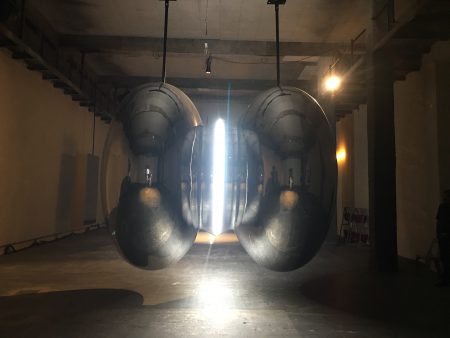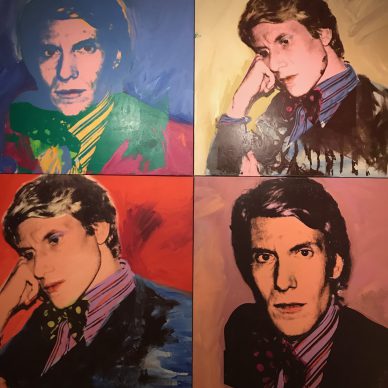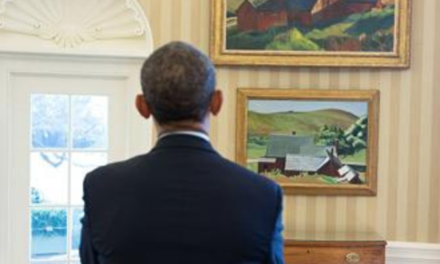Supernatural powers of the artist
We have a tendency to endow great artist with quasi-supernatural powers. The most illustrious theorists of psychoanalysis claim that certain painters and other sculptors have, in their works, anticipated the discoveries of these specialists in psychic suffering. This was written in 1965, for example, by the French psychoanalyst Jacques Lacan in a tribute to the writer Marguerite Duras, where he cites Freud as a reference (1).
Lucian Freud collector
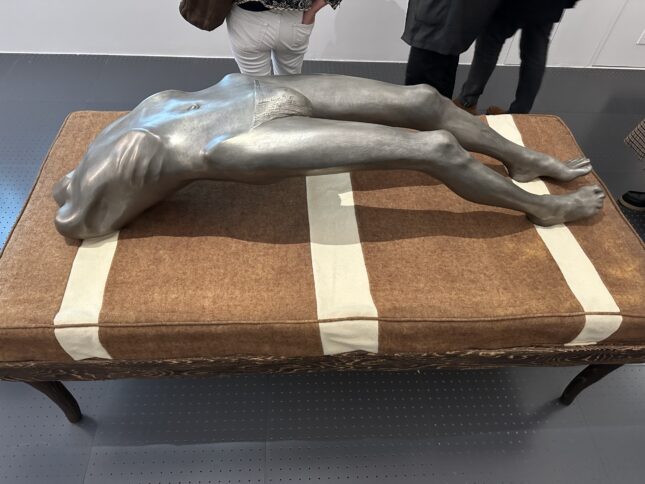
Louise Bourgeois
We know Freud collected antique objects – some of these are currently on display at Lyon’s Musée des Beaux Arts in the “Ruines” exhibition – and that he wrote an analysis of Moses sculpted by Michelangelo. He also made ian interpretation of a new extraordinarily dreamlike piece of writing by the German Wilhelm Jansen, Gradiva, in 1903 which tells the story of an archaeologist who falls in love with a bas-relief at the Vatican museum, then an Italian woman whose appearance is identical to the artwork.
Jacques Lacan

Maria Martins
And then, above all, there is the grand case of Lacan. The Centre Pompidou Metz is staging a gigantic exhibition on him featuring over 250 objects, artworks and documents, which might as well have been named Lacan and art: an encyclopaedia (See here the last report about an exhibition at Centre Pompidou Metz). The Centre Pompidou Metz has an exceptional exhibition programme.
Marie-Laure Bernadac
The curators Marie-Laure Bernadac (See here an interview of her about Louise Bourgeois) and Bernard Marcadé, art historians who have each explored the avant-garde, from Marcel Duchamp to Louise Bourgeois, are showcasing not only the works that inspired Lacan in his theories – the psychoanalyst Gérard Wajcman maintains there is no Lacanian seminar that doesn’t refer to an artistic example – but also the contemporary artworks which have been inspired by Lacan’s theories, plus artworks he had in his possession.
Zao Wou Ki and Courbet
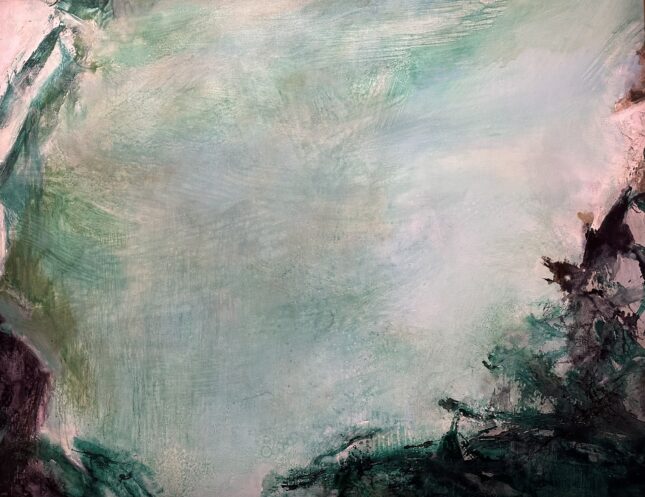
Zao Wou ki
For he was clearly a collector. His thirst for knowledge was immense. He was for a time interested in Chinese culture and he owned three works by the painter whose work constitutes a perfect bridge between Asia and the West: Zao Wou Ki. (See here a report about Zao Wou Ki) He used to visit the great anthropologist Claude Lévi-Strauss and he was interested in tribal art, but the greatest glory for the psychiatrist when it came to art was to have been the owner of a painting that has gone down in collective memory: Gustave Courbet’s “L’origine du monde”.
A fill-frontal portrait…
The canvas, a full-frontal portrait of a woman’s crotch with abundant body hair, which is today part of the collections at the Musée d’Orsay, was acquired in 1955 by the psychiatrist, who placed it in the office at his country house in Guitrancourt, in the Yvelines.
André Masson
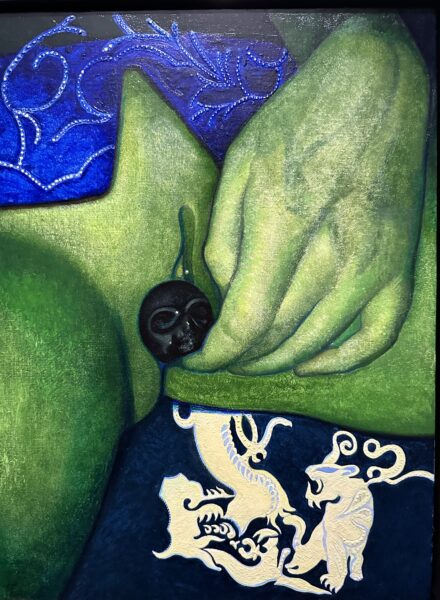
Victor Man
His brother-in-law André Masson (1896-1987) made a cover especially for it, a painting on a sliding wood panel that used Courbet’s main lines. As Marie-Laure Bernardac explains, the work would always be subject to a certain ceremony of unveiling… until its arrival at the Orsay where it was revealed in 1995, unfiltered. In Metz the painting, along with its cover, are hung side by side.
Marcel Duchamp

Marcel Duchamp
Lacan was very close to certain surrealists, such as Dali. He was particularly sensitive to the use they made of words, pirouettes of the mind and of the unconscious, like Magritte and his quirky titles or Marcel Duchamp and his Mona Lisa with a moustache, which he named LHOOQ (to be said out loud, to make a French pun). The version exhibited here is a drawing that belongs to the French Communist Party.
Inside Lacan’s consultation room
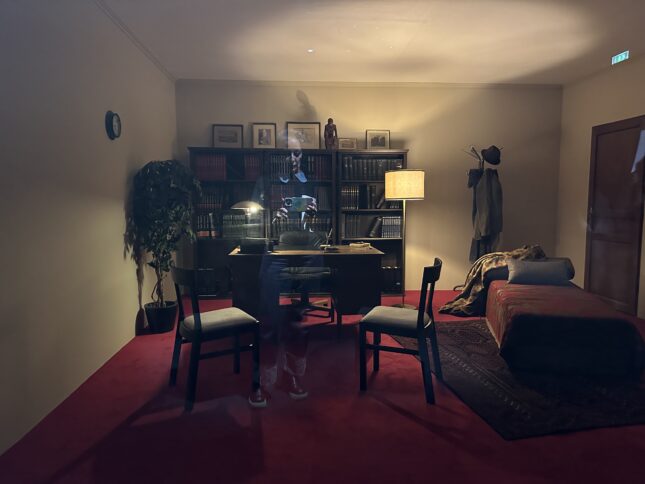
Landro Erlich
The eye and its illusions, the reflection and the screen are part of the central themes addressed at the Metz. The Argentinian artist who lives in France, Leandro Erlich, has designed a black room in which the image of the viewer is overlaid on that of Lacan’s consultation room. We can take the place of the patient and that of the psychiatrist. But the session risks being unfruitful except for its immortalization on social media.
Velasquez
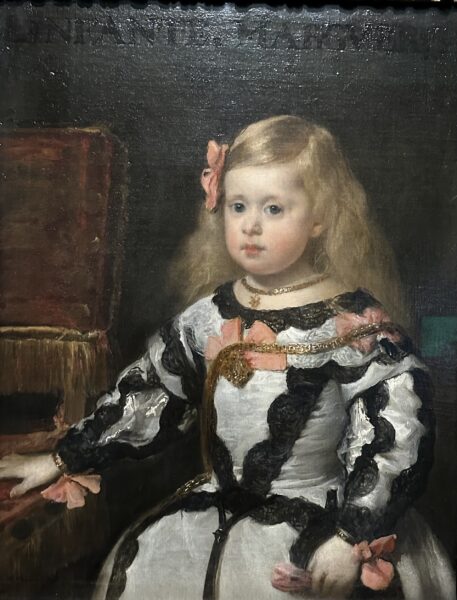
Diego Velasquez
Lastly, among the great discoveries of psychoanalysis there is a “crack” (“fente” in French): the one highlighted in the dress of the Spanish Infanta painted in the very enigmatic and grandiose Velazquez painting, “Las Meninas” from the Prado in Madrid. For the occasion, another Velazquez has specially made the journey from the Louvre to evoke this story, to show that sex is everywhere…
Speleology of the unconscious
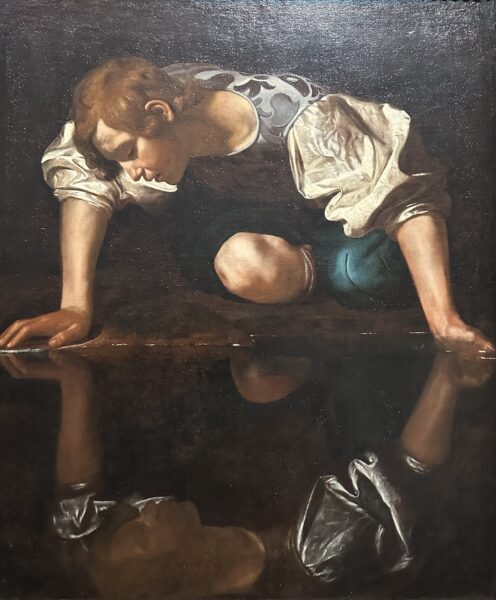
Caravaggio
Gérard Wajcman describes Lacan as a “collector of ‘fentes’”. A collector of Origines du monde. The quest of a great speleologist of the unconscious.
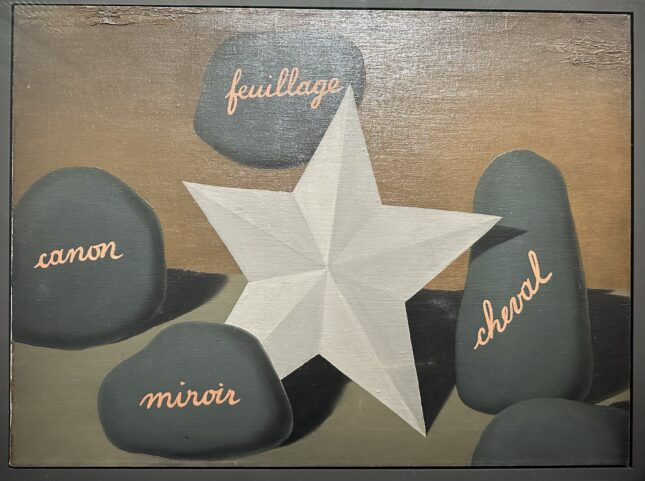
René Magritte
Until 27 May. www.centrepompidou-metz.fr/fr
Support independent news on art.
Your contribution : Make a monthly commitment to support JB Reports or a one off contribution as and when you feel like it. Choose the option that suits you best.
Need to cancel a recurring donation? Please go here.
The donation is considered to be a subscription for a fee set by the donor and for a duration also set by the donor.


